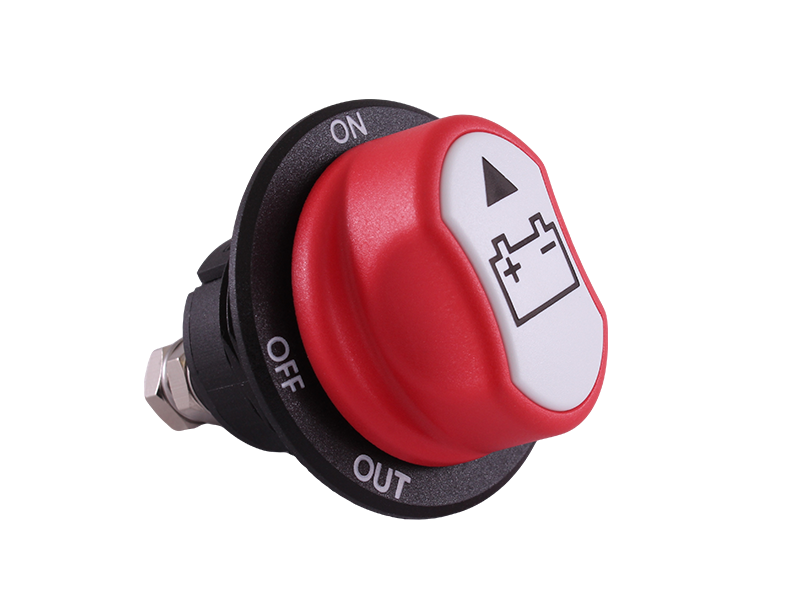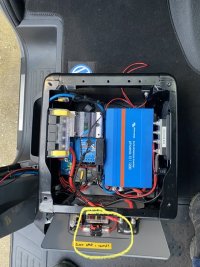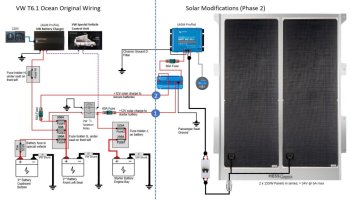Hello, not sure this is the best place to discuss, I have bought a Victron 100/30 mppt smart solar controller to go with my 360w panel. I am looking at the wiring required and breakers and not 100% confident i have it correct. So any feed back would be greatly appreciated. I am looking to buy solar panel extension cables 6mm2 10awg cable to run 3/4 meters from the back of the van to the controller. The position of the controller will be placed mid way in the van (vw t6 lwb). So plan to run the cable along the top of the van, down the pillar behind the driver then along the floor to the controller. Then from the controller I will be running 8AWG wire approx. 2 meters to the battery. I would then be looking to ad d a 40amp breaker switch between the battery and the mppt controller. (in the manual it states max pv short circuit current 35A) but i can't locate a 35a breaker like this. Would 40 amp be ok? or should i go for a 30 amp breaker?
Also do i need to add breakers from the solar to the MPPT controller?
Sorry for the questions and hope someone can point me in the right direciton.
Cheers
Daniel
Also do i need to add breakers from the solar to the MPPT controller?
Sorry for the questions and hope someone can point me in the right direciton.
Cheers
Daniel



